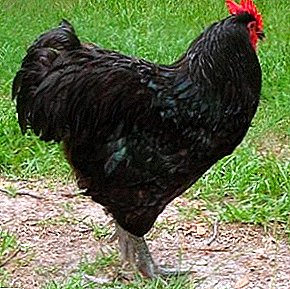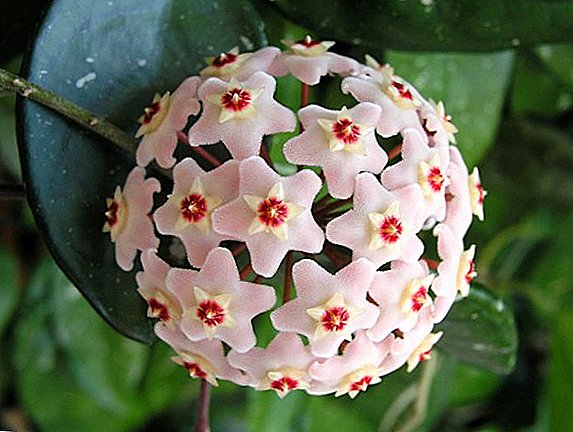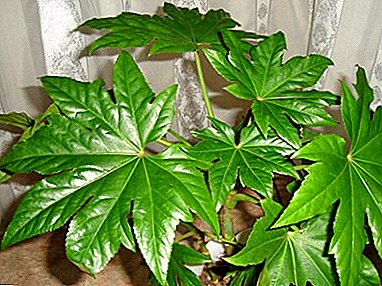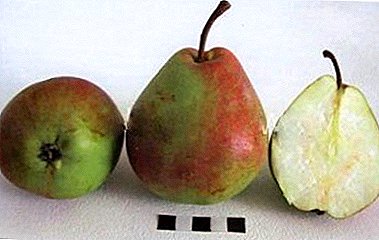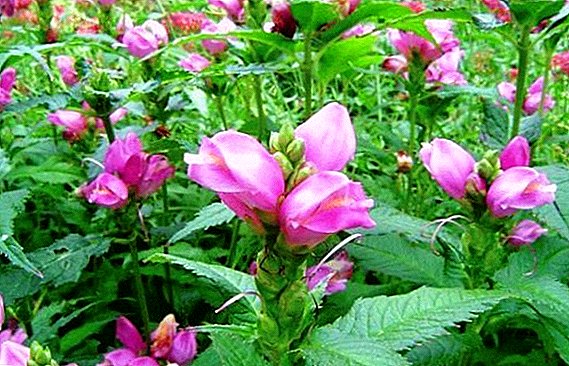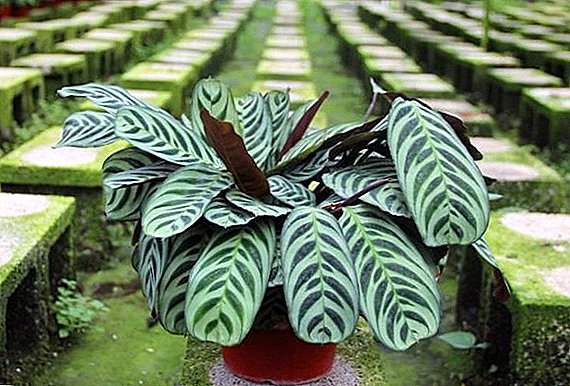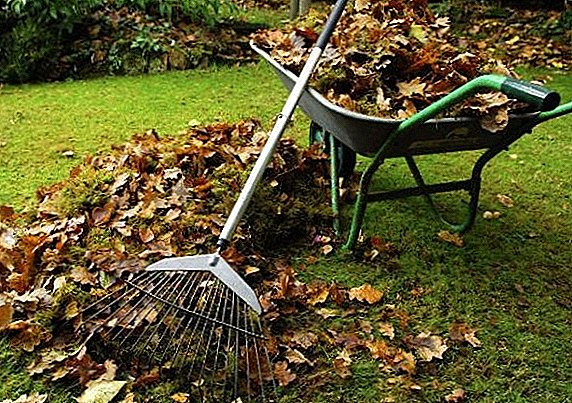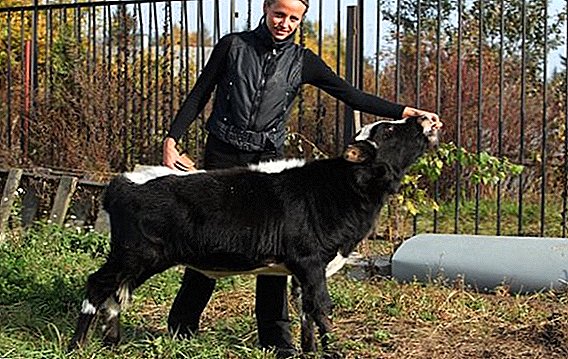
Haworthy Cooper is a perennial plant that was discovered back in 1809. It was named after the botanist Cooper.
This specialist studied the possibilities of cacti and succulents, as a result of which a variety of Haworthy Cooper was discovered. read about the peculiarities of growing and caring for this flower in the article. Also watch the useful video.
What is this plant?
Such a small plant can reach 7 cm in diameter. It grows from several outlets. This type of leaves has a window type. At the ends of succulent leaves there is a transparent window.
Due to his succulent absorbs light. This adaptation occurs in other species. An example would be fenestria.
Features of the form
 Succulent is familiar to many gardeners. He is very popular because unpretentious. Often a kind of Haworthia Cooper is called a living stone. Due to the unusual appearance, you can create a quaint and incredibly beautiful landscaping. The most common subspecies of this plant is Haworthia Cooper. (trunkata), which is a type of truncated variety.
Succulent is familiar to many gardeners. He is very popular because unpretentious. Often a kind of Haworthia Cooper is called a living stone. Due to the unusual appearance, you can create a quaint and incredibly beautiful landscaping. The most common subspecies of this plant is Haworthia Cooper. (trunkata), which is a type of truncated variety.
The main feature of the plant - hard leaves, which are collected in several outlets. They are quite rigid and grow vertically. Given this species, it is worth noting the presence of growths of the wart type.
Leaves are mini-tanks in which water accumulates.. Cooper's stalk is too short, in some cases it may be completely absent.
Lighting
The plant loves good, bright lighting, but does not tolerate direct sunlight. The correct solution would be to position it in the west or east window. But on the north side you should not put such a succulent, otherwise it will become less attractive.
Air and temperature
In summer, the plant feels good at a temperature not higher than 30 degrees. In winter, this figure can be 18 degrees. Low temperature is just necessary for the plant to stay at rest.
The soil
The correct solution is to use a special mixture for planting havortiya. You can buy ready-made soil for succulents or prepare it yourself.. To do this, you should take sand with brick dust and mix it with humus and peat, as well as turf soil.
Watering
The best solution for havortiya - watering from the pallet. To do this, pour water into the pan, and then put the pot in it. After 10 minutes all remaining water will need to be drained. In spring and summer, the plant is watered 2 times a week, and in winter - about 2 times a month.
Top dressing
Haworthia Cooper needs fertilizer with active growth. Make the feeding need from March to October. For this you can use complex fertilizers, but they need to be applied no more than once a month.
With an oversupply of nutrients, this can harm the succulent.. In the dormant period, Hawortia is not necessary to feed.
Landing
 If necessary havortiu transplanted. This should be done in the spring, and provided that the plant has become cramped in a pot. But do not forget that the succulent also develops well in close capacity. When planting, you should choose a wide, but not deep pot with a drainage system. Properly selected soil will lead to the fact that Haworthia will begin to actively grow and develop.
If necessary havortiu transplanted. This should be done in the spring, and provided that the plant has become cramped in a pot. But do not forget that the succulent also develops well in close capacity. When planting, you should choose a wide, but not deep pot with a drainage system. Properly selected soil will lead to the fact that Haworthia will begin to actively grow and develop.
Note that in square pots, succulent can rot.. To avoid problems of this kind, do not forget to add a bit of brick dust to the soil. Such material will absorb excess liquid, thus avoiding overflow of water.
If you do this, remember that after a while the ground will need to be changed.
Breeding
For reproduction of such a plant use side shoots or kids. Also often used seeds or leaves. A convenient way will be to separate the children from the plant that has taken roots, and then transplant them into a separate pot. You can also land the substrate before rooting.
Succulent seeds can be bought at a flower shop, if reproduction seems complicated and lengthy. This method is often used by breeders or amateurs to replenish their collections of home flowers.
Watch the video on breeding havortiya:
Diseases and growing problems
Diseases of this plant occur due to violations of agricultural technology. That is why it is important to follow the rules of cultivation, because so you will not have any troubles with Haworia Cooper. In the shade a plant can lose its decorative effect. Intense color may occur in diffused light.
During dormancy, the plants may die off the roots. In this case, the succulent is better to transplant in a new soil.
With a strong overmoistening of the soil havortia Cooper may die. In particular, you should not get involved in watering in the winter. If the leaves have darkened tips and they become purple, this indicates the flooding of the plant with water.
IMPORTANT: It is necessary to transplant the plant from other cacti, picking up a suitable pot for it. There should be drainage at the bottom. And in the process of transplantation you should not forget about a thorough examination of the root. In the presence of damaged or weakened areas, it is better to remove them.
If there are damaged leaves on the succulent, they should be removed. Otherwise, if this is not done, the plant may rot. If the leaves have become elongated and lethargic, this indicates a lack of light. In particular, this applies to those who have a dark shade. In this case, it is worth transferring Cooper to a bright place and carry out feeding.
If we talk about diseases, most often havortia is affected by aphids or mealybugs. In some cases, the plant can be treated with soapy water, but if the affected area is too large, it is better to get rid of the plant.
Conclusion
In conclusion, it is worth noting that Covener Haworth is an excellent succulent, which can be grown at home. You just need to provide all conditions to such a sight, and it will delight you with its beauty and originality for many years in a row. Use the above information to succeed in this matter.


